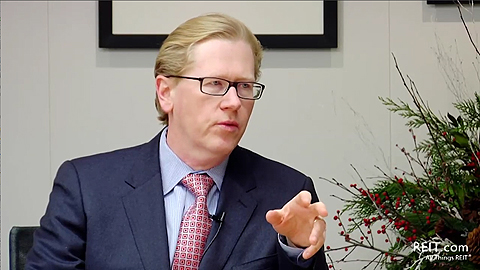 The retail sector has been pretty beaten up over the last several years.
The retail sector has been pretty beaten up over the last several years.
First the housing bust, which turned off the home equity cash machine and new home construction—both major drivers of retail sales growth—then the job bust, both followed by a spike in gas prices. Meanwhile, e-commerce swooped in like a vampire, sucking demand from power centers with cheaper prices and overnight shipping. Fortress malls and centers with strong grocers held up better, but overall vacancy rates increased and incomes fell. Adding insult to injury, institutional investors began decreasing allocations to retail investment, favoring instead the resurgent apartment sector or long-leased office towers in central business districts.
So, if common (institutional) wisdom is against retail investment, does that mean it’s a bad idea? No, not everywhere. In some unexpected places, there’s a compelling recovery story under way.
Demand for retail space grew like a weed in Phoenix, Denver and Salt Lake City over the past two years as the classic retail formula—more bodies and more jobs—pushed up occupancies by an average of 1.3 percent since the beginning of 2011, much better than the 0.4 percent occupancy gain averaged for the 54 largest commercial real estate markets during the same period. The happy music was also playing in Dallas and Austin.
"In some unexpected places, there’s a compelling recovery story under way."
What do all these successful cities have in common? Business and living costs are low, regulations are relatively light and financial services jobs don’t drive their economies. Also, the growing demand cities tend to have high exposure to tech or traditional (non-green) energy. Conversely, New York, Los Angeles and Chicago, the nation’s largest cities, have high business costs, outsize exposure to big finance and relatively low concentrations of tech or energy, the leading drivers of growth. As a result, population growth in these big cities has been stagnant.
In the near term, the relationship between demand growth for retail space and population growth points to continued occupancy gains in markets traditionally eschewed by institutional investors (the big money doesn’t take connecting flights, and they can’t find Salt Lake City on a map). As there is the moral equivalent of no new retail supply under way (a record-low 0.3 percent of inventory nationwide), any demand growth translates quickly into occupancy growth.
Don’t get me wrong – this won’t be a replay of the 1990s through 2005 when demographics were solid, job growth screamed and gas was cheap. We’re in for a muddle-through recovery on average, as former category killers find themselves on the other side of the aisle, retarding their demand for new space, and U.S. demographics look more like the 4 p.m. dinner special than a dot-com’s lunchroom.
However, REITs invested in metros with better demographics will fill competitive centers over time, and rent growth will follow. Many REITs have big development arms and substantial inventories of buildable land, and by 2014 will be able to manufacture shiny new retail centers in cities like Dallas and Houston to put into their portfolios.
Therein lies the rub. While people always move to low-barrier markets, so does new construction. In the long term, high-barrier markets like New York and L.A. should maintain high retail occupancy levels due to the same high barriers that push population growth to other cities.
So pick your strategy: Growth or stability, there’s a reason for both, but they don’t often succeed at the same time.